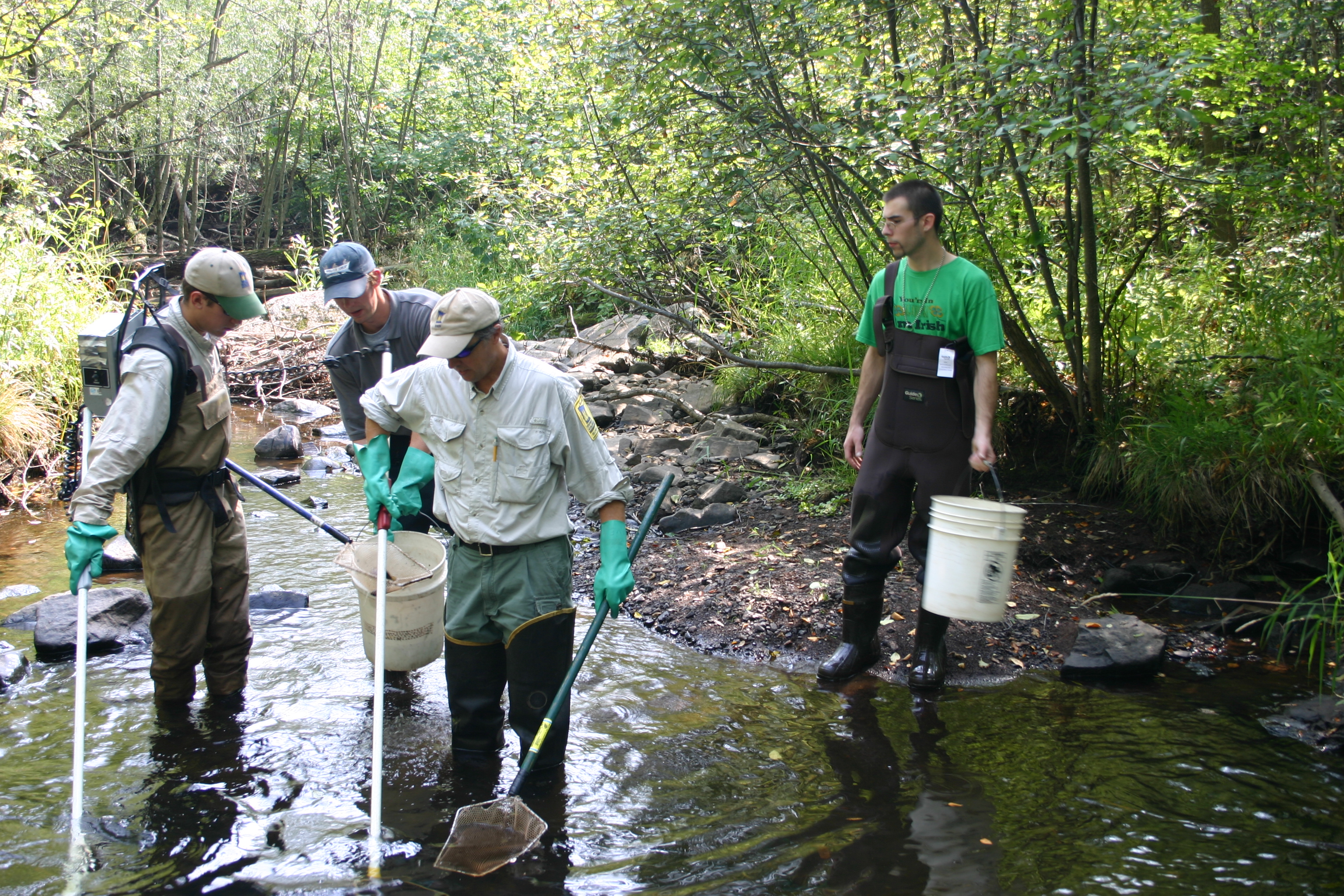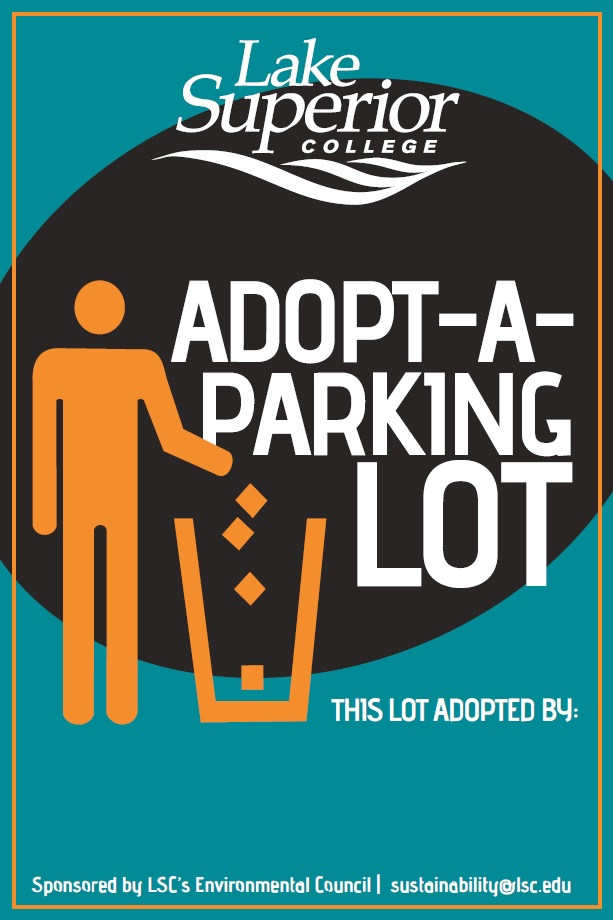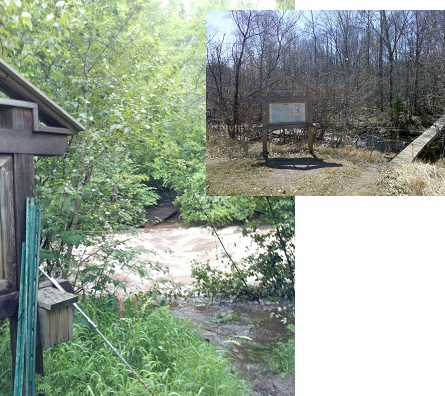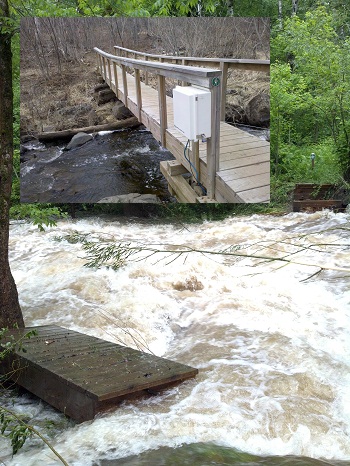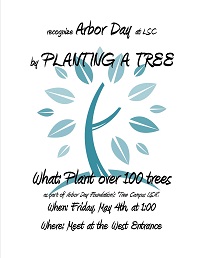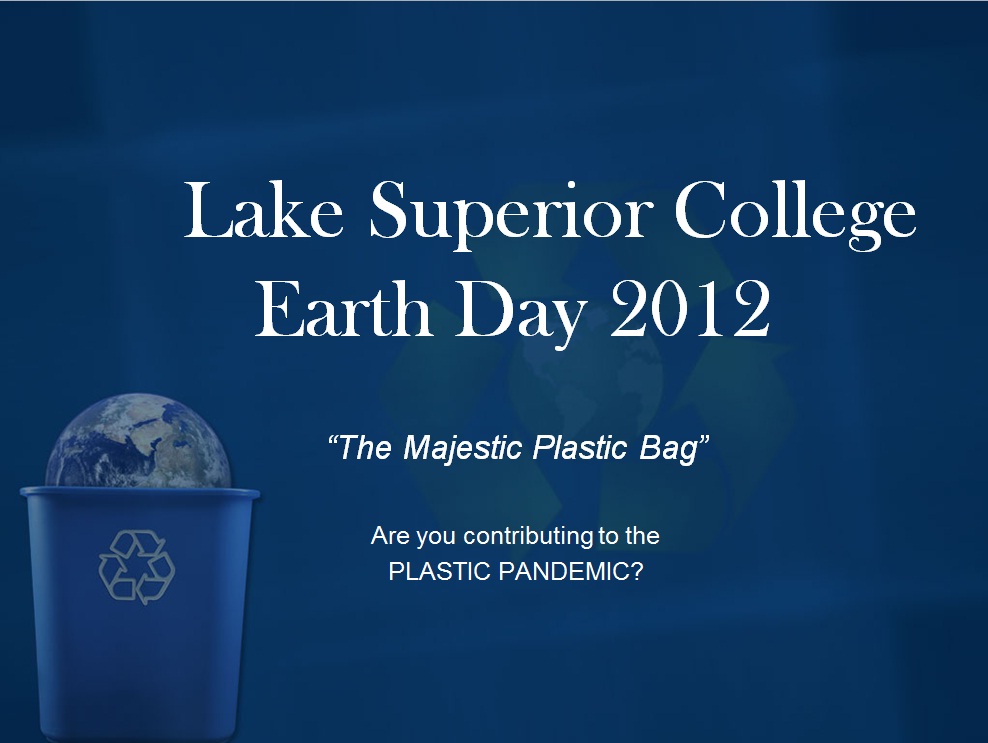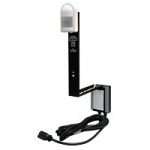Posted by jy5546fj on April 18, 2012
 LSC’s new Health and Science Building was designed LEED Silver, which means the design is responsible for incorporating at least 50 points related to environmental sustainability. At final tally, we were just short of Gold certification! Here’s just a few of the key points we achieved:
LSC’s new Health and Science Building was designed LEED Silver, which means the design is responsible for incorporating at least 50 points related to environmental sustainability. At final tally, we were just short of Gold certification! Here’s just a few of the key points we achieved:
Construction Activity Pollution Prevention
Sitework for the building was designed and constructed in a way to:
- Prevent loss of soil during construction by stormwater runoff and/or wind erosion, including protecting topsoil by stockpiling for reuse.
- Prevent sedimentation of storm sewer or receiving streams.
- Prevent polluting the air with dust and particulate matter.
Construction Waste Management
- Over 75% of the construction debris was diverted from disposal in landfills.
- Recycled content and regional (within 500 miles) materials were used throughout the building process.
Public Transportation Access
LSC’s Student Life funds a free bus pass for students through the UPASS Program, reducing our reliance on single passenger vehicle travel to and from campus.
Preferred Parking for Carpool
LSC will designate two preferential parking spaces specifically reserved for carpools, increasing awareness of the need for reduced single passenger vehicles.
Undeveloped Outdoor Space
A space equal to the building footprint will be left vegetated and undeveloped on the northeast of the building, maximizing open spaces adjacent to the building.
Stormwater Management
Bio-swales, consisting of a biofiltration soil mix and tolerant native plants, promote infiltration of at least 90% of roof and pavement runoff from an average rainfall event.
Water Efficient Landscaping
The landscaping installed for the project does not require permanent irrigation systems. Native plants, sod & seed mixes were selected for their drought tolerance and will obtain adequate moisture from normal rainfall events.
Water Use Reduction
Water fixtures throughout the building reduce water usage by 20%.
- Urinals use 0.125 gallons per flush vs. typical 1.0 gallons per flush urinals.
- Faucets use 0.5 gallons per minute vs. typical 2.5 GPM lavatory faucets
- The janitor sinks uses a low flow 2.5 gallon per minute flow faucet.
- The lab sinks use a low flow 2.0 gallon per minute flow faucet.
Fundamental Refrigerant Management
No HVAC&R system equipment in the building uses CFC-based refrigerants. Refrigerants and HVAC&R equipment for the project were specifically selected to minimize or eliminate the emission of compounds that contribute to ozone depletion and global warming.
Storage & Collection of Recyclables
LSC has an extensive recycling program, and a recycling room is provided in the new building to ensure proper handling of recyclable materials.
Indoor Air Quality
The building meets and exceeds the LEED Standard Minimum Indoor Air Quality standards by 30%.
Outdoor Air Delivery Monitoring
Permanent monitoring systems are installed to provide feedback on ventilation system performance and ensure that ventilation systems maintain design minimum ventilation requirements.
Environmental Tobacco Smoke Control
LSC prohibits smoking in buildings and on campus, improving overall air quality in and around buildings.
Low-Emitting Materials
Low-emitting adhesives and sealants were used on the interior of the building.
Primers, paints and coatings used on the interior of the building were required to meet specific VOC requirements established for buildings by Green Seal Standards.
All carpet installed in the building was required to meet the Carpet and Rug Institute (CRI) Green Label Plus program.
Recycled content concrete tiles were installed in the main hallway and some labs and classrooms. These tiles are removable and individually replaceable, and also allow for easy access to air and water handling pipes (that’s right, under the floor!).
Composite wood, and agrifiber products, used on the interior of the building could not contain added urea-formaldehyde resins. Laminating adhesives used for casework also contain no added urea-formaldehyde resins.
LSC has specifically purchased low-emitting furniture which will not negatively impact the indoor air quality in this new building. Furniture has been manufactured, refurbished or refinished within one year prior to occupancy and must be either Greenguard Indoor Air Quality Certified, or been tested by a third-party testing laboratory following procedures defined by the EPA.
Lighting and Thermal Comfort
A high level of lighting system and thermal control by individual occupants is installed to promote the productivity, comfort and well-being of building occupants.
Daylighting and Views
This building provides daylight to 85% of the occupied space.
- Daylight sensors reduce the demand on the light fixtures, reducing the energy used to light spaces when receiving daylight.
- Window shades are utilized to avoid high-contrast situations that could impede visual tasks.
- Tubular skylights (SolaTubes) utilizing reflective surfaces are used in many places to bring daylight into interior spaces.
Green Housekeeping
LSC has adopted green housekeeping policies and procedures intended to minimize negative affects to indoor air quality campus wide, including the use of many GreenSeal cleaning prodcuts.

